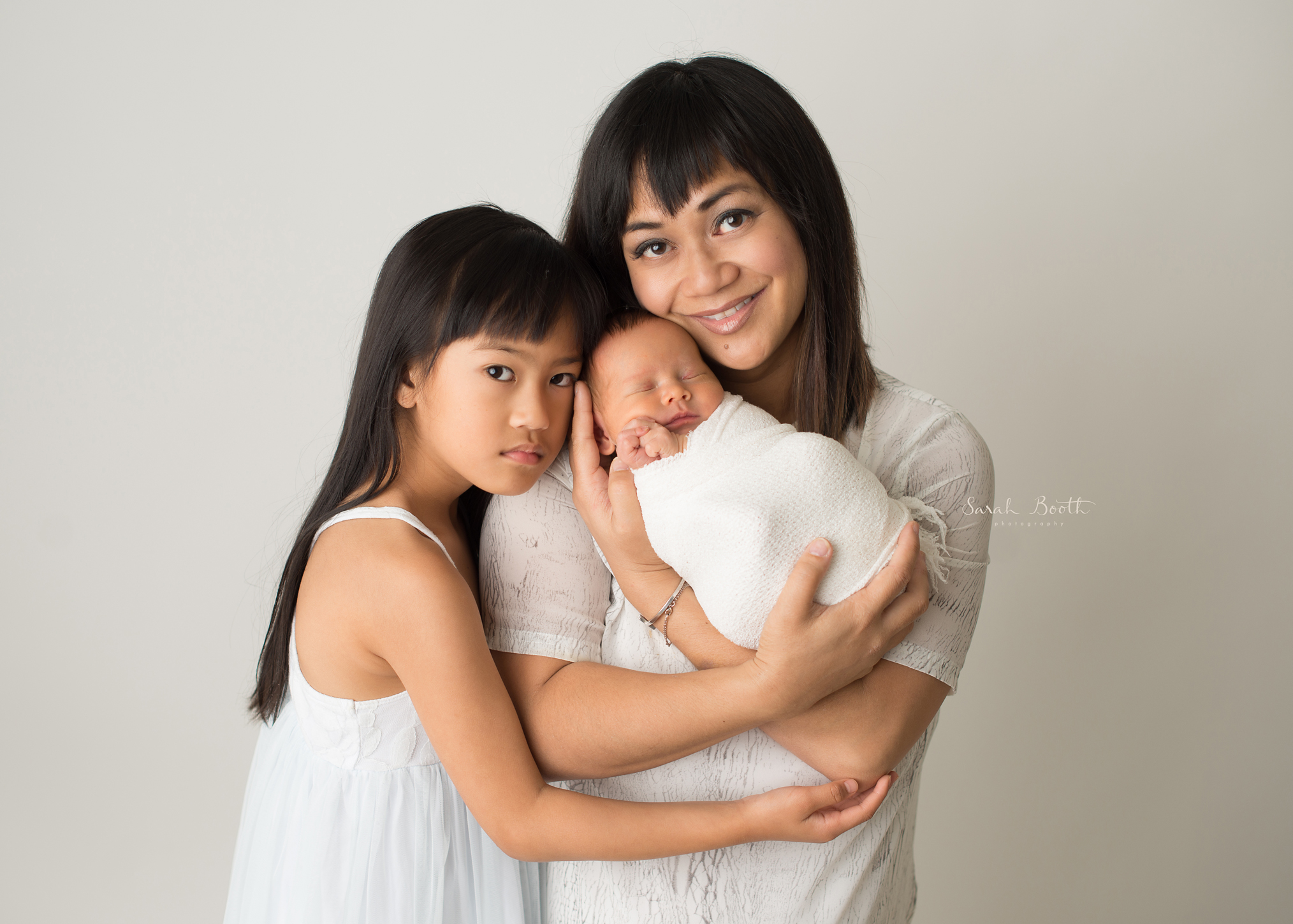Ultrasound Technology: A Window into Intrauterine Life
After five years of gut-wrenching pregnancy losses, Victoria resident Debbie Balino and her family were overwhelmed with feelings of grief, frustration, and hopelessness. For Debbie, nine devastating miscarriages, four of them in the second trimester, caused her to associate pregnancy with anxiety and uncertainty.
With the help of an incredible team of doctors equipped with ultrasound technology at Victoria General Hospital (VGH), Debbie was able to closely monitor the pregnancy, giving her peace of mind and the opportunity to connect with the baby before delivery.
Debbie was one of hundreds of expecting mothers who receive care each year at VGH. Ultrasound machines are used regularly in the Antenatal Assessment Unit on women with high-risk pregnancies to assess the fetus’ breathing, movement, muscle tone, and amniotic fluid. Over 4,000 fetal non-stress tests are performed using ultrasound technology at VGH each year. Ultrasound images can lead to early diagnosis, improving the outcome for babies with complications.
After making the courageous decision to try for a second baby so that her daughter could grow up with a sibling, Debbie knew that her pregnancy would be high-risk, if not impossible. With the help of a close friend who generously donated her eggs, Debbie’s dream to become pregnant came true. Debbie credits regular ultrasounds for making her feel confident and comfortable throughout pregnancy, saying “ultrasounds kept me and my mind healthy.”
Dr. Hayley Bos is one of three maternal fetal medicine specialists on the island who are responsible for over 6,000 births each year, caring for expecting mothers and babies with significant medical conditions. It is recommended that every expecting mother receive at least one to two ultrasounds during pregnancy. For Dr. Bos, the emotional benefits of ultrasound technology are equally as important as the medical advantages. Not only do ultrasound machines optimize care for expecting mothers and their babies, they also provide families with the opportunity to forge a connection before birth.
For mothers with high-risk pregnancies or who have experienced miscarriages, the chance to bond with their babies and see real-time images of them is critical part of care. “If expecting mothers have concerns, we use ultrasounds as a tool to reassure them that the baby is doing well,” says Dr. Bos. “A mother can see her baby in real time and the ultrasound machine gives us a window into intrauterine life that we would not be able to see any other way.”
Dr. Bos monitored Debbie’s pregnancy and regularly performed ultrasounds to chart the growth of the baby. Ultrasound technology not only made Debbie’s pregnancy a positive experience, it also saved her life. An ultrasound scan near the end of her pregnancy detected that the that the baby was going in and out of breech position, and the decision was made to induce at 38 weeks to avoid further complications. On June 2, 2018, the Balinos welcomed a healthy baby boy named Isaac into their family.
Unfortunately, Debbie lost three litres of blood after the delivery, and her blood pressure fell dangerously low. Debbie was rushed to the operating room for an emergency surgery to remove the remnants of a torn placenta that was causing major blood loss. A gynecological ultrasound machine was used to guide the procedure and ensure that the rest of the placenta was removed safely. Thanks to the procedure and the use of ultrasound, Debbie is healthy, as is her baby boy.
Although Debbie’s delivery did not go as planned, she is grateful for the care she received at VGH, saying “being able to witness the first meeting of my two children was by far, the most incredible moment of my life as a mom.” The Balino family is happily adjusting to life at home as a family of four.





